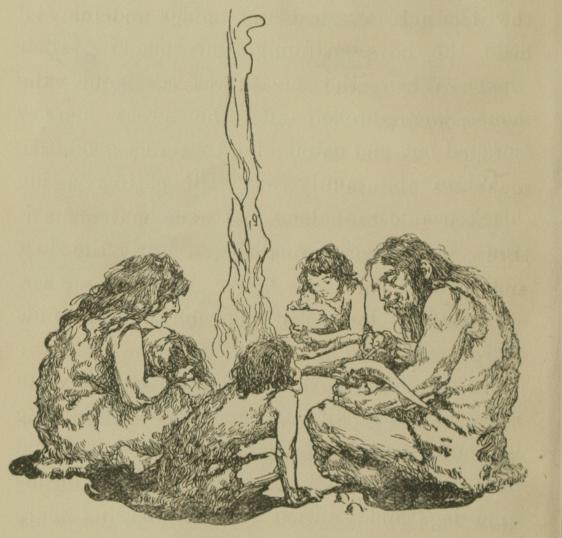 Evolutionary biologists discussed the ideal human diet at a recent meeting.
Evolutionary biologists discussed the ideal human diet at a recent meeting.Our ancestors enjoyed a range of diets - from generally omnivorous australopithecines, through Homo species that increasingly specialized in large game, to the incredible variety of diets that creative H. sapiens cultures have come up.
These regional diets have left imprints on their descendants. This article discusses how people of warm lowlands (e.g. the Pima of the American Southwest) may have developed slow metabolisms to withstand famine and heat while people from cold climates (e.g. the Saami of Norway or Quechua of Peru) may have developed fast metabolisms to convert fat to energy efficiently. All peoples suffer when exposed to the modern Western diet, but the extent to which they develop specific diseases (e.g. obesity, diabetes, high cholesterol or heart disease) depends on their biological history.
There's no shortage of debate over exactly what characterized the Paleolithic diet for humans in different times and places, but I guess there's consensus in the paraphrase:
"More meat, Fewer carbs, No milk."I especially like how this article brings the academic discussion back down to Earth:
"Others noted that even if one paleodiet proves particularly healthy, it would be hard for people in different cultures to comply with it. "Food is identity," says Ungar. "You can't tell an Eastern European Jew to eat pork" or an Italian to skip pasta. The bottom line, says Leonard, is that although some diets are better than others, "there isn't a perfect diet that is the same for everyone. The nature of our success is to find and make a meal in virtually any environment. But our different responses are structured by the basic biology we bring to the table.""h/t: John Hawks Weblog

No comments:
Post a Comment